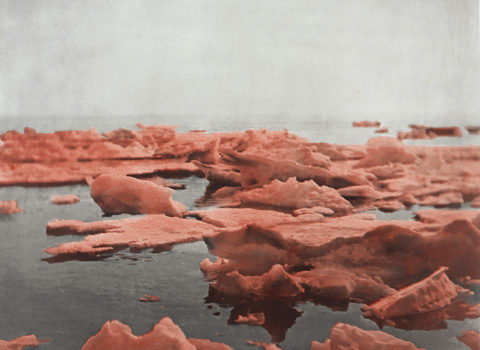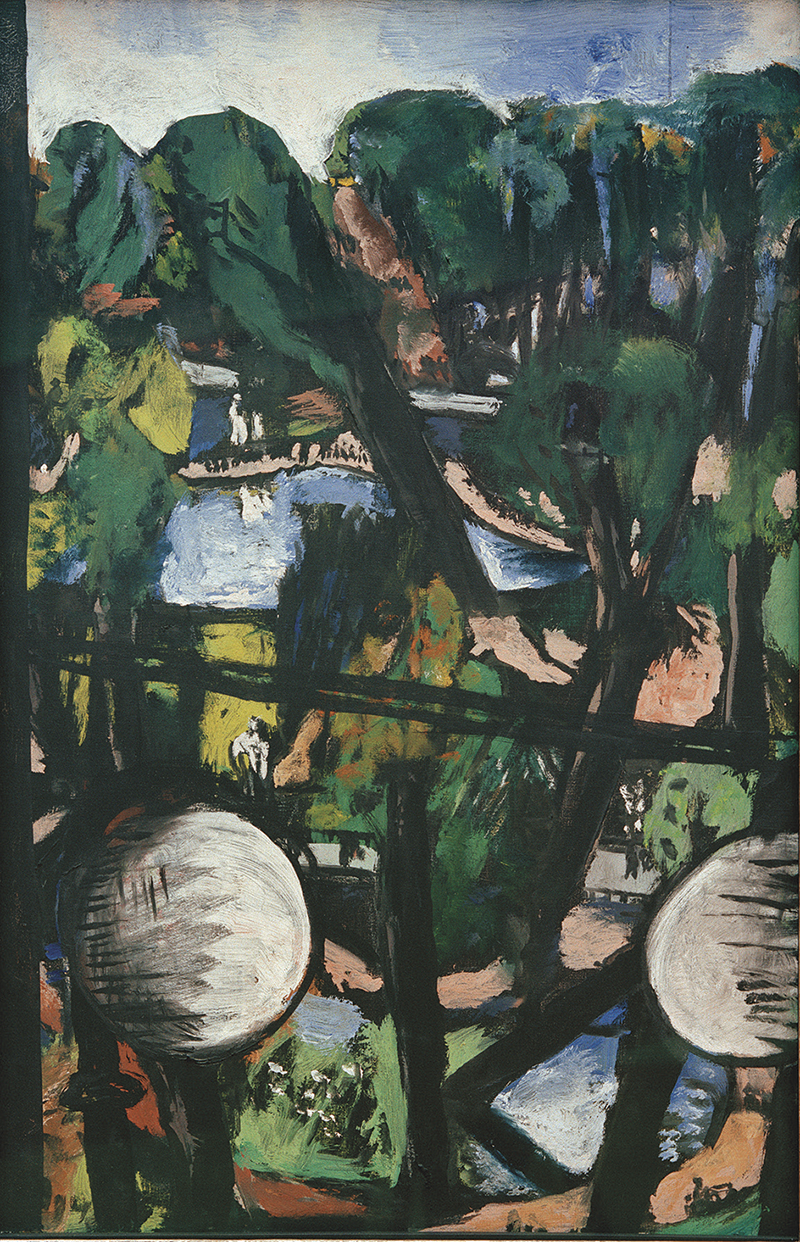
Blick auf den Tiergarten mit weißen Kugeln (Parkbild), by Max Beckmann © akg-images
When we try to get at a work of art, words of criticism fail worse than anything—they give rise only to more or less happy misunderstandings.” So wrote Rainer Maria Rilke in 1903, in his first reply to the nineteen-year-old soldier-in-training Franz Xaver Kappus, who had sent a plea for guidance along with some (presumably woeful) efforts at poetry. The dismissal of criticism was an elegant way to avoid giving the neophyte too specific an evaluation—Rilke would later decline to help Kappus get published. Yet it was more than that. The professional critic is one of the few explicitly excluded from the solace and inspiration Rilke’s letters have provided writers, artists, and sensitive youngsters for nearly a century. Rilke doubled down in the closing paragraph of his last letter to Kappus, some six years after the first:
We are closer and more connected to art in everything real and true than we are in the unreal half-artistic careers that pretend proximity to art but in practice deny and assault the existence of all art—such as journalism, and almost all criticism, and three-quarters of what’s known as, or wants to be known as, literature.
So it feels apt to mark my final New Books column with a new edition of Letters to a Young Poet (Liveright, $17.95), introduced and translated with striking plainness by Damion Searls. A perennial bestseller, the book has been republished numerous times since its appearance in 1929, but this latest version boasts an element of novelty: it includes Kappus’s letters, which were thought to be lost until a couple of years ago, when they were found languishing in the Rilke family’s private archives.
Searls has understandably chosen to keep Rilke’s side of the correspondence intact, sequestering Kappus’s less felicitous offerings in the second half of the book. Still, the interplay between the two makes for a poignant drama, illustrating one of the primary ideas Rilke aimed to impart—that real insight cannot be imposed from the outside. Again and again, he exhorts the younger man not to rush, not to pander, not to seek affirmation, but to create conditions within which his own voice and intuition may emerge and strengthen:
Being an artist means not calculating and counting; it means maturing like a tree, which does not force its sap, standing confident in the spring storms without any fear that summer might not come. Summer does come. But only to those who are patient, who live as though eternity stretched out before them vast and silent and unconcerned.
Kappus, while recognizing the value of Rilke’s prescription, is almost comically incapable of absorbing it. Rilke: “So avoid the general themes and write about what your everyday life has to offer.” Kappus: “What I long for is a pure art, free from the dust of everyday life. Your words, honored sir, have opened up this magical realm to me for the first time.” Rilke: “No one can help you or give you advice, no one. . . .”; “When it comes to the deepest and most important things, we are unspeakably alone.” Kappus: “I know that help can come only from you.”
Yet Rilke’s warmth and patience appear to have been sincere. And Kappus, late in life, expressed one of art’s spookier paradoxes in observing that “the reader learns more about the recipient from Rilke’s letters than from the letters he wrote himself.”
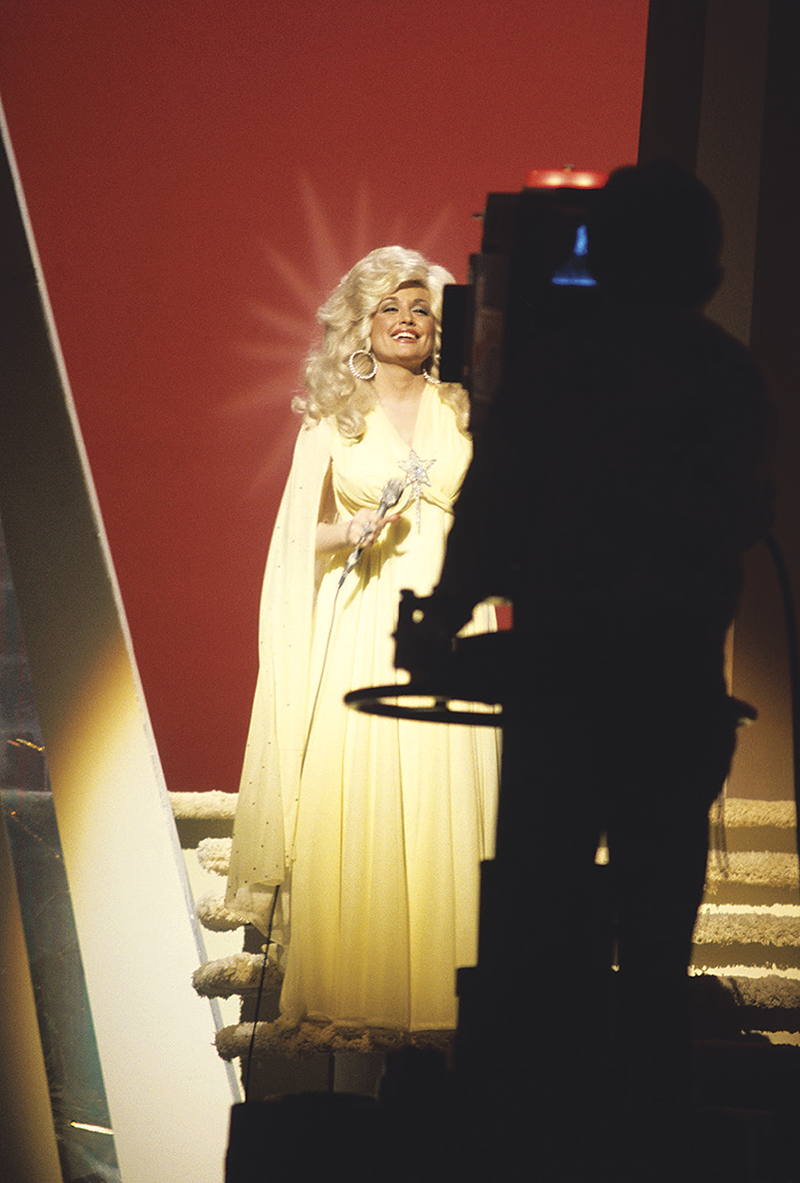
Dolly Parton at the Country Music Association Awards in Nashville, Tennessee, 1976. Photograph by Charlyn Zlotnik © The artist.
Another of those mysteries is how an artist can, by following Rilke’s recommendation to hew to her own path and mine what’s closest to her, invite passionate identification from large numbers of people who have almost nothing else in common. Dolly Parton, who inspires proprietorial sentiments in everyone from Southern workers to queer femmes to immigrants, is a prime example. Sarah Smarsh’s She Come By It Natural (Scribner, $22) analyzes her appeal, retracing Parton’s long career as a singer, songwriter, actor, business mogul, and philanthropist, and offering an encomium to her “implicit” or “organic” feminism.
Parton was for decades treated as a walking tit gag by the media—who can forget her namesake, Dolly, the mammary-gland-cloned sheep?—but Smarsh celebrates her as someone who handled sexism with grace and humor while slowly seizing the means of production. She started her own music-publishing house, her own record label, her own film-production company. Not to mention her theme park, Dollywood, which brings $1.5 billion a year to Parton’s native East Tennessee. When Elvis Presley was planning to record “I Will Always Love You” in the 1970s, his manager insisted that Parton give them half the publishing rights to the song. She claims to have “cried all night,” and then turned them down. “I Will Always Love You” later became the only country song ever to hit number one on the charts in two decades—three, once Whitney Houston recorded her famous version in 1992. At that point, Parton has joked, “I made enough money to buy Graceland.” She has noted that often in business,
if a woman walks away from the table with what’s rightfully hers, the man feels screwed anyway. I have to admit that adds to the satisfaction of making a fair deal. “How was it for you, old boy?”
Like a modern-day Mae West, Parton is endlessly quotable and fun to read about, but the book is also enriched by its glimpses of the women in Smarsh’s Kansan family, especially her grandmother, Betty, whose way of talking she borrowed for her title. Betty had divorced six husbands by the age of thirty-two: “The first one shot her. The second one kidnapped her son. The third one broke her jaw.” Smarsh recalls Betty’s description of the proposal she got when pregnant at sixteen:
“It wasn’t any of this, ‘please be my darling wife.’ Sheeeeit,” she said, and we both cracked up—not at our own family’s misfortunes but at the delusions of women who got a sentimental proposal and a big diamond before they spent a lifetime pushing a vacuum.
That sentence slyly encapsulates a whole life, with a moral that could be applied to the analogous compromises of corporate feminism. Knowing when to fight back and when to cut your losses is, in Smarsh’s account, a talent shared by Parton and many of the working-class women she has immortalized in song and onscreen. “Oh, I know they make fun of me,” Parton told Barbara Walters, who’d asked whether she felt she was a joke. “All these years people has thought the joke was on me, but it’s actually been on the public. I know exactly what I’m doing, and I can change it anytime.”
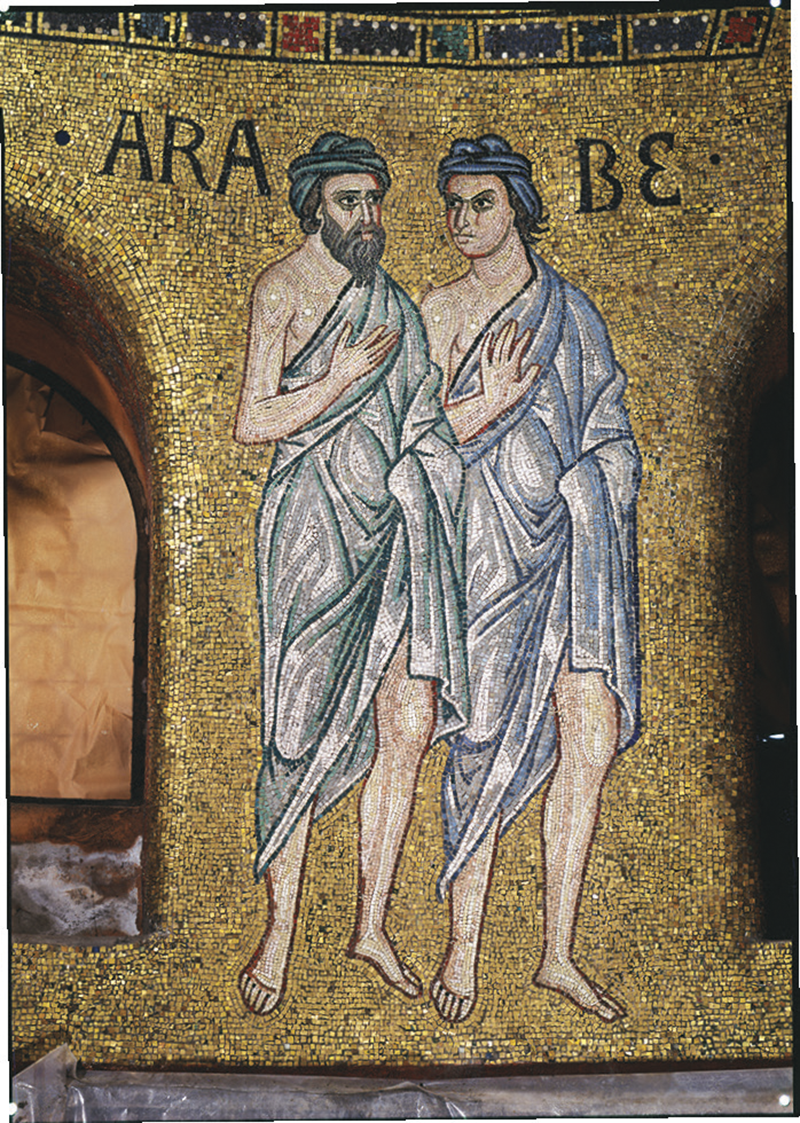
The dome of the Pentecost, St. Mark’s Basilica, Venice, Italy © Ekkehard Ritter, Corpus for Wall Mosaics in the North Adriatic Area, Dumbarton Oaks, Trustees for Harvard University, Washington
That spirit of reclamation also animates the art historian Roland Betancourt’s Byzantine Intersectionality (Princeton University Press, $35), which quotes Monica Lewinsky in its epigraph and brings an activist’s zeal to its queer-theory close readings of texts and images from the Eastern Roman Empire between the fourth and fifteenth centuries. By scouring legal, medical, and religious sources, and reading misogynist invectives against the grain, Betancourt builds a fascinating picture of more fluid attitudes and practices around sexuality than have been suggested in the mainstream historical record. He explores evidence that gender was viewed as a spectrum, quoting the medieval rhetorician Nikephoros Basilakes’ alarmist account of how “one’s upbringing confirms one’s gender,” so that a girl whose mother lets up on her intensive femininity training at any time before her wedding day may risk a masculine “transition”; as well as the eleventh-century court philosopher Michael Psellus’ letter following the birth of the emperor’s son: “What does it matter if the child has been stamped in this way or that, more feminine or more masculine?” In similarly relaxed terms, Psellus wrote: “With regard to nature I am feminine.” And:
I am not like the strings that are only high pitched or in harmony, but contain every melody, now more clear and sweet-sounding, now taut and noble.
Though the details Betancourt excavates can be as illuminating as they are juicy, his muscular approach to social injustice in this context feels at first disconcertingly presentist. For instance, he begins a chapter by condemning Procopius’ frothing denunciation of Empress Theodora in his sixth-century Secret History: “Even though she put three of her orifices to work,” Procopius wrote,
she would impatiently reproach Nature for not making the holes in her nipples bigger than they were so that she could devise additional sexual positions involving them as well.
Betancourt’s outrage at this sort of “rhetorical violence” and “toxicity” flames as though not a day has gone by, yet he worries that to deny that Theodora had any such proclivities would be to fall prey to Procopius’ so-called “respectability politics.” “We must move past the stigma associated with the sexual acts attached to their names,” he writes, valiantly, “and embrace a sex-positive image of the accounts, allowing a Mary or Theodora to operate without prejudice.” It seems likewise a little late for him to scold twelfth-century Basilakes for “a perpetuation of a rape culture.” Yet it soon becomes clear that Betancourt is responding not to the homophobes and slut-shamers of the premodern period but to his contemporary medievalist colleagues who impose “anachronistic notions of a binary gender construct” on the historical archive. He argues convincingly, for example, that the identities of people assigned female at birth who lived as men and permanently altered their bodies through ascetic and other practices were far richer and more complicated than is implied by phrases such as “transvestite nuns,” often applied by scholars.
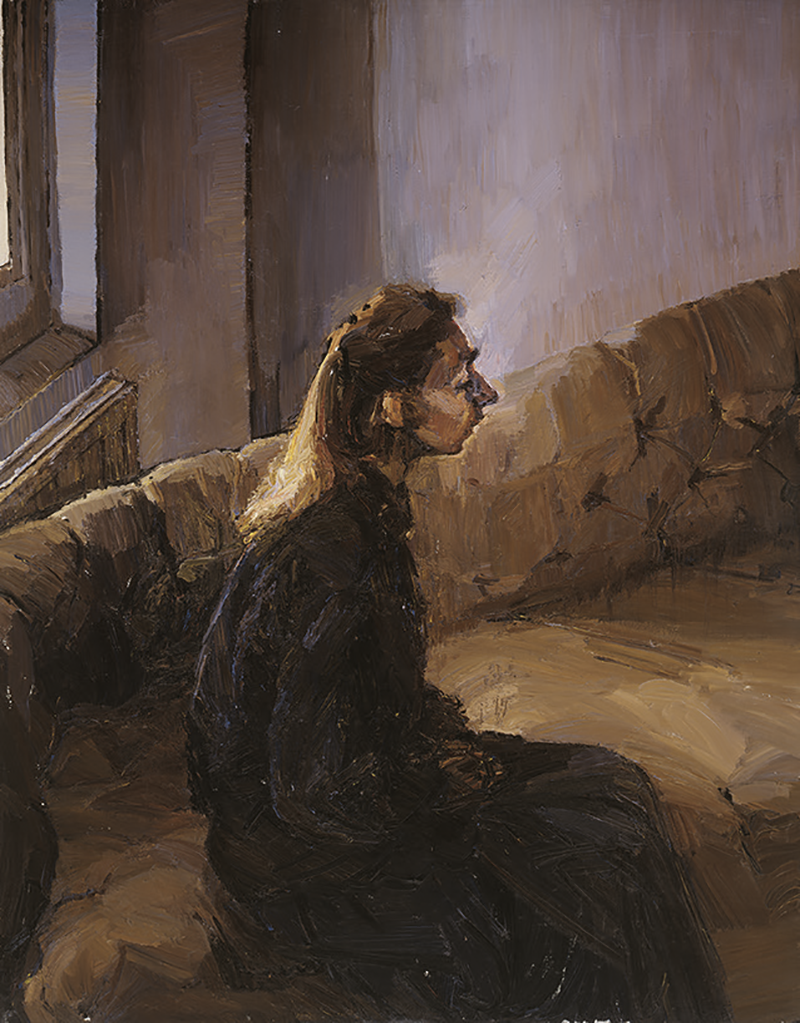
Kate by the Window, 1987–9, by Celia Paul © The artist. Courtesy Victoria Miro, London
Subject to a more genteel form of slut-shaming than that practiced in the Middle Ages, the artist Celia Paul has long been unfairly defined by her relationship with the much older painter Lucian Freud, who, as she describes in her illustrated memoir, Self-Portrait (New York Review Books, $29.95), picked her up when she was a teenage art student at the Slade, painted her many times in the course of their affair, and set her up in the Bloomsbury flat where she still lives and paints. And while the book, which includes contemporaneous notes and letters, vividly portrays her relations with Freud, it situates that portrayal within an account of her self-inspection and development as an artist that would impress Rilke.
Her writing has the same intensity and restraint as her paintings. In the years after she stopped seeing Freud, “I noticed that the colours I was using became darker.” She displays throughout a taste for control, even emotional tyranny, that eclipses Freud’s. On the birth of her younger sister Kate, Paul recalls feeling “so traumatised by being displaced in my mother’s affections that I resolved to die.” After a subsequent bout of leukemia, she writes: “I succeeded. My mother gave me her devotion for the rest of her life.” Both Kate and her mother would spend many years posing for Paul, who is unmoved by her mother’s tears on first being treated “like an object” and by her coughing exhaustion as she takes the train down to London in old age and toils up the eighty steps to Paul’s studio.
Hardest of all on herself, Paul makes clear that her inward focus and discipline require constant psychic struggle. It puts this book among the most intriguing accounts I’ve read of maternal ambivalence. Paul approaches her primal connection to Frank, her son by Freud, whom she leaves mostly to the care of her mother, as an existential threat. She describes how her instinct for self-preservation and art-making (one and the same for her) is affected by “the enormity of my love for Frank”:
This instinct is like an ant that has been stopped in its tracks by a giant object dropped suddenly in its path. The ant is momentarily bewildered. How do I get round this obstacle?
She turns to her accustomed solution—using this tension in her work. Until he grows old enough to resist, Frank, too, is made to sit for her, his inner conflicts about it providing yet more grist for her mill. She reports painting him at five, trying to capture “the trace of indignation in his regard, and a hint of hurt pride.” “I was aware that Frank often found sitting for me arduous and boring,” she writes, with a candor that feels weirdly subversive, “but I continued to make him do it. He was compliant and would very naturally assume the correct pose at the start of each session.”
Paul introduces this ruthlessness as an explicitly political project, an effort to address the “feminine dilemma” of caring for others while also “remaining dedicated to my art in an undivided way.” She recalls feeling the “hidden reproach” when Freud, in their early years, “spoke admiringly to me of Gwen John, who had stopped painting when she was most passionately involved with Rodin, so that she could give herself fully to the experience.” Yet within this ancient and humiliating predicament, Paul finds another source of power, such that you suspect she got more out of Freud than could ever have been taken from her. Acknowledging that women have frequently been relegated to the status of muse, lover, object, Paul reclaims even that as an enviable talent: “Their natural propensity for giving themselves up to the experience, combined with an aptitude for stillness, has made many women great muses to great male artists.” Imagine someone capable of both these forms of channeling, able to use one to stoke the other. For an artist, no experience is wasted.


